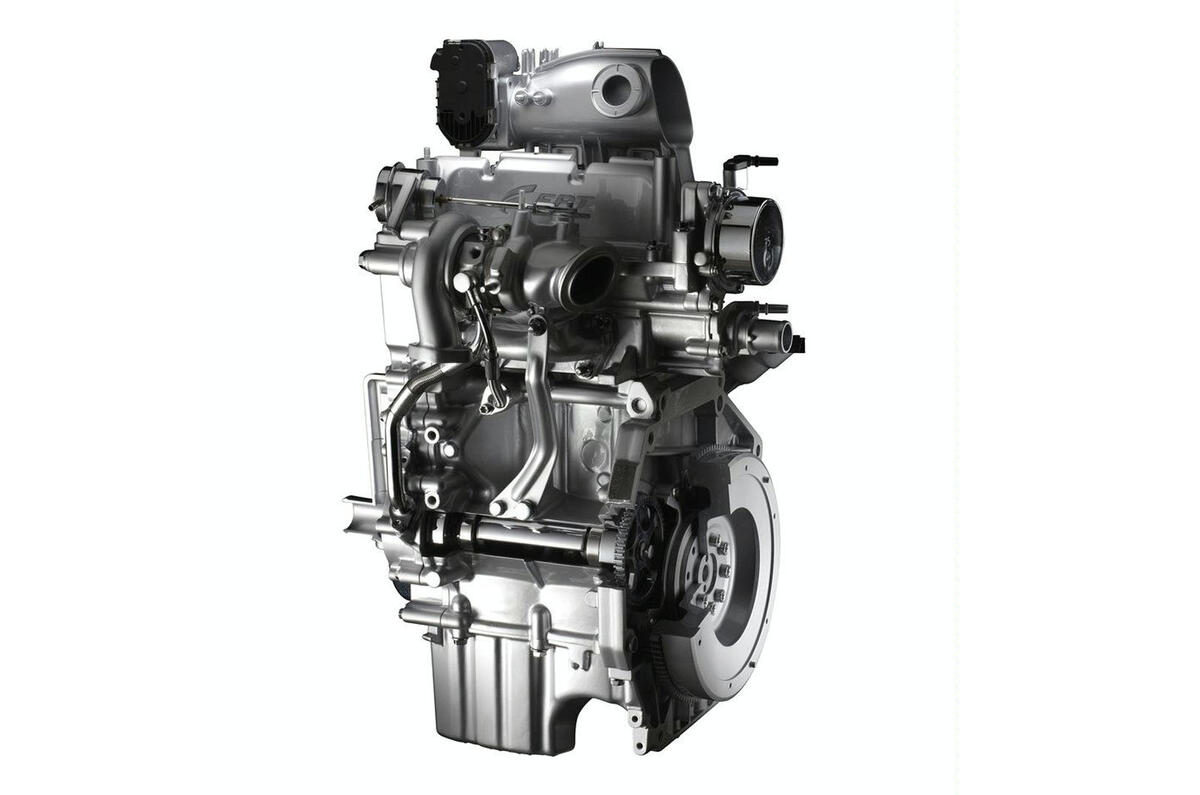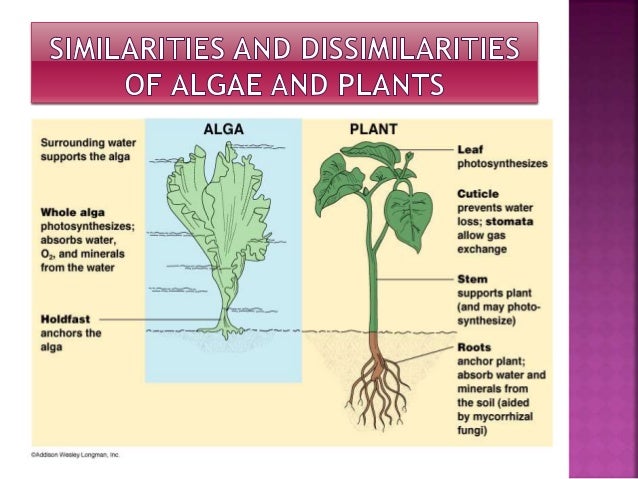Smart Materials
Science and technology have made amazing developments in
the design of electronics and machinery using standard materials, which do not
have particularly special properties (i.e. steel, aluminum, gold). Imagine the
range of possibilities, which exist for special materials that have properties scientists
can manipulate. Some such materials have the ability to change shape or size
simply by adding a little bit of heat, or to change from a liquid to a solid
almost instantly when near a magnet; these materials are called smart
materials.
SHAPE MEMORY ALLOYS
Shape memory alloys (SMA's) are
metals, which exhibit two very unique properties, pseudo-elasticity, and the
shape memory effect. Arne Olander first observed these unusual properties in
1938 (Oksuta and Wayman 1998), but not until the 1960's were any serious
research advances made
in the field of shape memory alloys. The most effective and widely used alloys
include NiTi (Nickel - Titanium), CuZnAl, and CuAlNi.
HOW SHAPE MEMORY ALLOYS WORK
The
two unique properties described above are made possible through a solid state
phase change, that is a molecular rearrangement, which occurs in the shape
memory alloy. Typically when one thinks of a phase change a solid to liquid or
liquid to gas change is the first idea that comes to mind. A solid state phase
change is similar in that a molecular rearrangement is occurring, but the
molecules remain closely packed so that the substance remains a solid. In most
shape memory alloys, a temperature change of only about 10°C is necessary to
initiate this phase change. The two phases, which occur in shape memory alloys,
are Martensite,
and Austenite.
Martensite,
is the relatively soft and easily deformed phase of shape memory alloys, which
exists at lower temperatures. The molecular structure in this phase is twinned
which is the configuration shown in the middle of Figure .Upon deformation this
phase takes on the second form ,on the right. Austenite, the stronger phase of
shape memory alloys, occurs at higher temperatures.. The un-deformed Martensite
phase is the same size and shape as the cubic Austenite phase on a macroscopic
scale, so that no change in size or shape is visible in shape memory alloys
until the Martensite is deformed.














